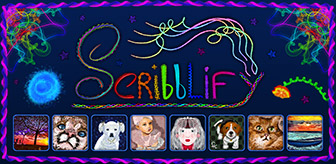How to Speed Up Folder Deletion Times by 20x or More!
The common way of deleting files and folders in Windows is via Windows Explorer (a.k.a. File Explorer). This method is perfectly acceptable under normal circumstances, but becomes a real drag when dealing with large and complex folder structures. There is, in fact, a significant amount of of overhead when you trigger the standard delete action in Windows including when either emptying the Recycle Bin or directly deleting files via Shift+Del.
Upon flagging a folder for deletion in the traditional fashion, Windows begins by calculating the total folder size, number of items contained within it, and the estimated completion time. This "Preparing to Delete" phase can consume a sizable amount of time itself depending on the contents being deleted. During the actual deletion process, Windows continues to query and report various statistics about the process including how many items are deleted per second, how many remain, the current item being deleted and so forth. You may also be prompted via the Windows dialog if any conflicts arise during the process.



